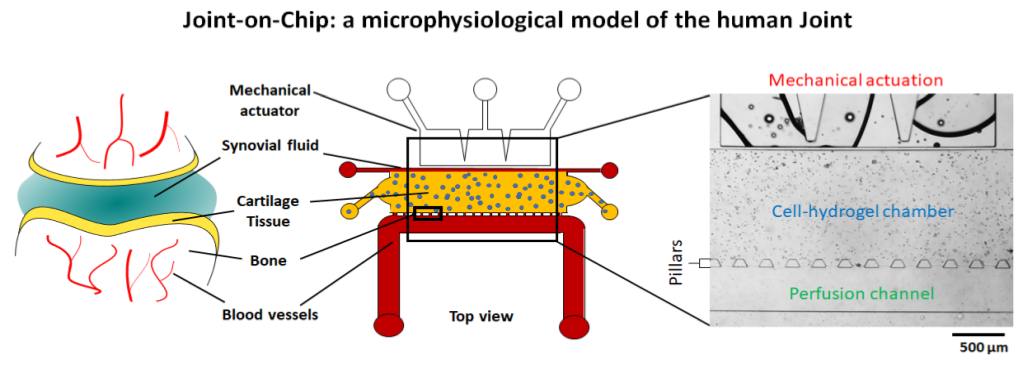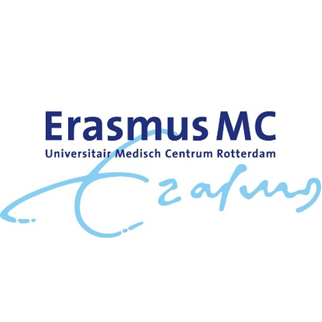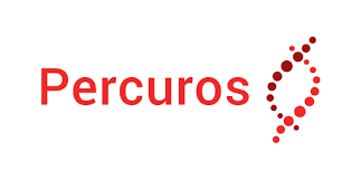Engineering of a Joint-on-Chip for development of drugs treating osteoarthritis
Osteoarthritis is one of the most common chronic conditions, characterised by gradual articular joint deterioration, critically impairing movement. In the Netherlands alone, more than 1.4 million patients are confronted with the drawbacks of osteoarthritis at a daily basis, such as pain and lack of mobility, and are in need for urgent treatment. Despite tremendous efforts demonstrated by numerous failed clinical trials in the past decade, osteoarthritis can still not be treated effectively. This indicates the need for a paradigm shift in the way new drugs are developed and identified, particularly addressing the limiting factor, which is the lack of human representative and robust testing models.
In this project, the University of Twente and the Erasmus Medical Center closely collaborate with the company Percuros and with the Stichting Proefdiervrij to engineer the new (inter)national standard for the development and validation of humanised in vitro screening models of joint tissues, through the engineering and validation of a modular organ-on-chip platform. This improved model platform is an innovative autonomous, micro-physiological mimic of human joint tissues, designed to faithfully replicate critical features of joint tissues hardly affected by osteoarthritis (i.e. cartilage and synovium), combined in a single platform. Moreover, this advanced model is capable of replicating complex movements normally exerted by our joints.
With this novel model key open questions regarding the pathophysiology of osteoarthritis in a mechanistic approach will be addressed, thereby reducing or replacing current unrepresentative animal models. Besides validating the model by testing drugs currently used to reduce the detrimental effects of OA, imaging tool sets will be developed that will allow us to visually follow and quantify the markers characteristic of disease progression in real-time. Altogether, this work is expected to accelerate the development and clinical translation of effective OA-treatment drugs, thus, helping more than 100,000,000 patients world-wide, while significantly reducing animal experimentation.





